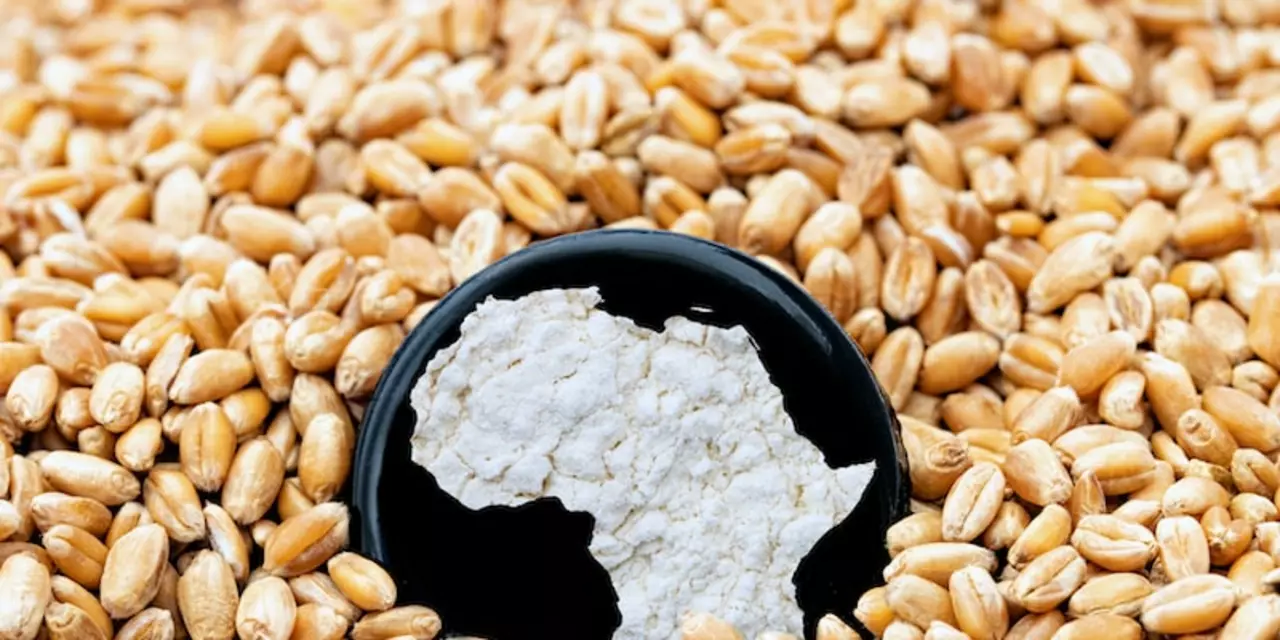Dals – Simple Recipes, Health Perks, and Everyday Cooking Tips
Looking for a quick, nutritious dish that fits any meal? Dals are the answer. They’re cheap, pack protein, and adapt to almost any flavor you love. Whether you’re a busy student, a working parent, or just someone who enjoys a warm bowl, mastering a few dal basics can save time and money.
Choosing the Right Dal
First, pick the dal that matches your dish. Red lentils (masoor dal) cook fast and turn mushy – perfect for soups or smooth curries. Yellow split peas (toor dal) hold shape, so they work great in classic South Indian sambar. Black gram (urad dal) needs soaking but gives a creamy texture for idlis and dosas. When you buy, check for a uniform color and no signs of moisture; fresh dals store up to a year in a sealed jar.
Quick Cooking Methods
Skip the long soak by rinsing the dal well and adding a pinch of baking soda – it cuts cooking time by half. A pressure cooker or instant pot is a lifesaver: 5 minutes at high pressure for red lentils, 10 minutes for tougher varieties. If you don’t have one, start with a boil, then lower to a simmer and cover; a splash of water keeps it from sticking. Remember to skim off any foam that rises – it removes bitterness.
Flavoring is where dal shines. A simple tempering of mustard seeds, cumin, garlic, and a dried red chili in hot oil adds depth in minutes. Toss in chopped tomatoes or a handful of spinach for color and extra nutrients. Finish with a squeeze of lemon or a drizzle of ghee for that authentic punch. You can also experiment with coconut milk for a richer feel or add roasted peanuts for crunch.
Serving dal is flexible. Pair it with steamed rice, flatbreads, or even quinoa for a gluten‑free twist. A dollop of plain yogurt balances heat, while fresh cilantro adds brightness. Leftovers? They taste even better the next day; just warm gently and add a splash of water if needed.
Finally, keep health in mind. Dals are high in fiber, iron, and folate, making them heart‑friendly and great for digestion. Mixing different dals throughout the week ensures a variety of nutrients. If you’re watching carbs, stick to smaller portions of starchy dals and load up on veggies.
With these tips, you can turn a humble dal into a star dish any day. Grab a bag, follow the simple steps, and enjoy a bowl that’s tasty, filling, and good for you.

What is the typical food of a poor Indian?
Poor Indians have a diet which is mostly dependent on basic staples like wheat, rice and pulses. These are supplemented by a variety of vegetables and fruits, which are seasonal and locally available. Dairy products and meat are consumed sparingly, and mainly by those who can afford it. Poor Indians usually have simple meals which consist of chapatis, dals and vegetables, or rice and sambar.